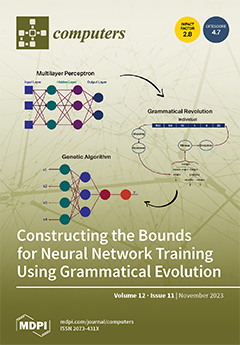This paper presents several novel findings from a comprehensive analysis of about 50,000 Tweets about online learning during COVID-19, posted on Twitter between 9 November 2021 and 13 July 2022. First, the results of sentiment analysis from VADER, Afinn, and TextBlob show that
[...] Read more.
This paper presents several novel findings from a comprehensive analysis of about 50,000 Tweets about online learning during COVID-19, posted on Twitter between 9 November 2021 and 13 July 2022. First, the results of sentiment analysis from VADER, Afinn, and TextBlob show that a higher percentage of these Tweets were positive. The results of gender-specific sentiment analysis indicate that for positive Tweets, negative Tweets, and neutral Tweets, between males and females, males posted a higher percentage of the Tweets. Second, the results from subjectivity analysis show that the percentage of least opinionated, neutral opinionated, and highly opinionated Tweets were 56.568%, 30.898%, and 12.534%, respectively. The gender-specific results for subjectivity analysis indicate that females posted a higher percentage of highly opinionated Tweets as compared to males. However, males posted a higher percentage of least opinionated and neutral opinionated Tweets as compared to females. Third, toxicity detection was performed on the Tweets to detect different categories of toxic content—toxicity, obscene, identity attack, insult, threat, and sexually explicit. The gender-specific analysis of the percentage of Tweets posted by each gender for each of these categories of toxic content revealed several novel insights related to the degree, type, variations, and trends of toxic content posted by males and females related to online learning. Fourth, the average activity of males and females per month in this context was calculated. The findings indicate that the average activity of females was higher in all months as compared to males other than March 2022. Finally, country-specific tweeting patterns of males and females were also performed which presented multiple novel insights, for instance, in India, a higher percentage of the Tweets about online learning during COVID-19 were posted by males as compared to females.
Full article





